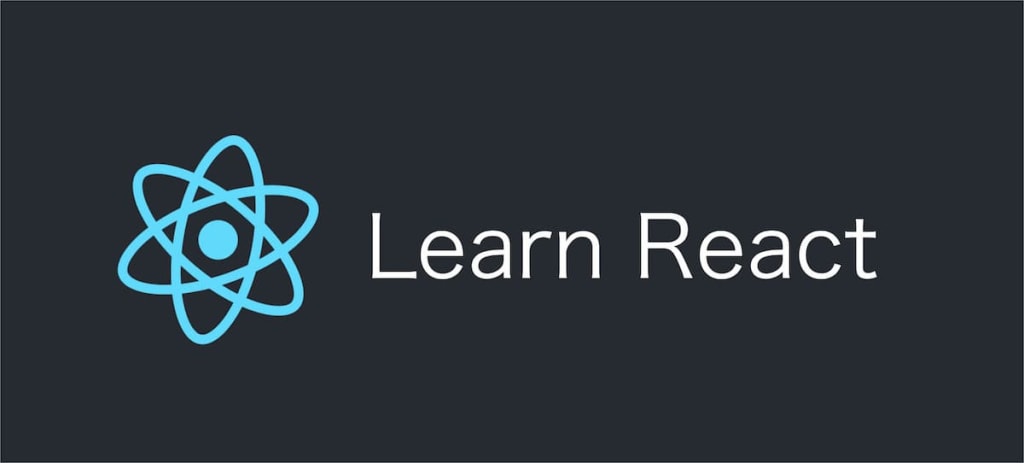
Introduction:-
React and React Native are two powerful tools for building user interfaces. React is a JavaScript library for building user interfaces, while React Native is a framework for building native mobile apps using React. Both React and React Native were developed by Facebook, and have quickly become some of the most popular tools for building user interfaces.
The Origins of React and React Native:-
React was first developed by Jordan Walke, a software engineer at Facebook. Walke was working on a project called XHP, which was a PHP extension for building reusable UI components. However, he found that XHP was too complicated and difficult to use. As a result, Walke decided to create a simpler solution for building UI components, and React was born.
React was first used by Facebook in 2011, and was later released to the public in 2013. Since then, React has become one of the most widely used JavaScript libraries for building user interfaces. React's popularity has also led to the development of other popular tools and libraries, such as React Native, Redux, and GraphQL.
React Native was first developed by Facebook in 2013, as an extension of the React library for building native mobile applications. The original goal of React Native was to allow developers to build native mobile apps using the same tools and techniques they use for web development.
React Native was released to the public in 2015, and quickly gained popularity among mobile app developers. React Native has since been used to build some of the most popular mobile apps, including Facebook, Instagram, and Airbnb.
One of the key benefits of React Native is that it allows developers to write once and deploy to both iOS and Android. This is possible because React Native uses a set of platform-specific components and APIs, which allows developers to access platform-specific features like the camera, accelerometer, and GPS.
React Native has also helped to bridge the gap between web and mobile development. Because React Native uses the same principles as React for building user interfaces, it is easier for web developers to learn and use the framework.
However, there are also some challenges associated with using React and React Native. One of the biggest challenges is the steep learning curve. Because React and React Native use a different approach to building user interfaces than traditional web development, it can be difficult for developers to get started with the framework.
Another challenge is that React and React Native are constantly evolving, with new features and improvements being added all the time. This can make it difficult for developers to keep up with the latest developments and best practices.
Despite these challenges, React and React Native have had a significant impact on the web and mobile development communities, and are likely to remain among the most popular and widely used tools for building user interfaces for years to come.
React's Popularity and Impact on Web Development:-
React introduced a new way of thinking about building user interfaces. Instead of manipulating the DOM directly, React introduced the concept of a virtual DOM. The virtual DOM is a lightweight representation of the actual DOM, which React uses to manage updates to the user interface. When a component's state changes, React updates the virtual DOM, and then uses a diffing algorithm to determine which parts of the actual DOM need to be updated. This approach greatly simplifies the process of managing complex user interfaces, and makes it much easier to write scalable and maintainable code.
The Development and Release of React Native:-
React quickly gained popularity among web developers, and has become one of the most widely used JavaScript libraries for building user interfaces. React's popularity is due in part to its simplicity and ease of use, but also to its strong community support. React has a large ecosystem of tools and libraries, including Redux for managing application state, React Router for handling routing, and Next.js for server-side rendering.
Benefits of Using React Native in Mobile App Development:-
React Native was first released in 2015, and was an extension of the React library for building native mobile applications. React Native was developed to solve a common problem with mobile app development: the need to write separate code for iOS and Android. Before React Native, building native mobile apps required developers to write separate code for each platform, which was time-consuming and error-prone.
React Native introduced a new way of building native mobile apps using a single codebase. React Native uses the same principles as React for building user interfaces, but instead of rendering to the browser, React Native renders to native components. This allows developers to build native mobile apps using the same tools and techniques they use for web development. React Native also provides a set of platform-specific components and APIs, which allows developers to access platform-specific features like the camera, accelerometer, and GPS.
React Native has quickly become one of the most popular frameworks for building native mobile apps. Like React, React Native has a strong community of developers and a large ecosystem of tools and libraries. React Native also has the backing of Facebook, which has made significant investments in the framework.
React and React Native have had a significant impact on the web and mobile development communities. Both tools have greatly simplified the process of building complex user interfaces, and have made it easier for developers to write scalable and maintainable code. React and React Native have also helped to bridge the gap between web and mobile development, allowing developers to use the same tools and techniques for both platforms.
The Future of React and React Native:-
Looking to the future, it is clear that React and React Native will continue to play an important role in the development of user interfaces. Both tools are constantly evolving, and new features and improvements are being added all the time. With the continued support of Facebook and the developer community, React and React Native are poised to remain among the most popular and widely used tools for building user interfaces for years to come.
Conclusion:-
In conclusion, React and React Native have had a profound impact on the web and mobile development communities. React has become one of the most widely used JavaScript libraries for building user interfaces, and React Native has helped to bridge the gap between web and mobile development.
React's popularity can be attributed to its simplicity and flexibility, as well as its ability to handle complex user interfaces. React Native, on the other hand, has become popular because of its ability to write once and deploy to both iOS and Android, as well as its use of platform-specific components and APIs.
However, there are also challenges associated with using React and React Native, such as the steep learning curve and the constant evolution of the frameworks. Despite these challenges, React and React Native are likely to remain among the most popular and widely used tools for building user interfaces for years to come.
Overall, React and React Native have revolutionized the way developers think about building user interfaces, and have helped to make web and mobile development more accessible and efficient. As technology continues to evolve, it will be exciting to see how these frameworks continue to adapt and improve, and what new innovations they will bring to the world of web and mobile development.
Also Watch: How AI Can Help You Earn More Money
Thank for Reading!
About the Creator
Mindings
"Hi there! I'm Mindings, a tech enthusiast and blogger with a passion for all things digital. and other stuff, Thanks for stopping by, and I hope you enjoy reading my blog!"
Reader insights
Outstanding
Excellent work. Looking forward to reading more!
Top insights
Compelling and original writing
Creative use of language & vocab
Easy to read and follow
Well-structured & engaging content
Excellent storytelling
Original narrative & well developed characters
Expert insights and opinions
Arguments were carefully researched and presented
Eye opening
Niche topic & fresh perspectives
Heartfelt and relatable
The story invoked strong personal emotions
Masterful proofreading
Zero grammar & spelling mistakes
On-point and relevant
Writing reflected the title & theme






Comments
There are no comments for this story
Be the first to respond and start the conversation.